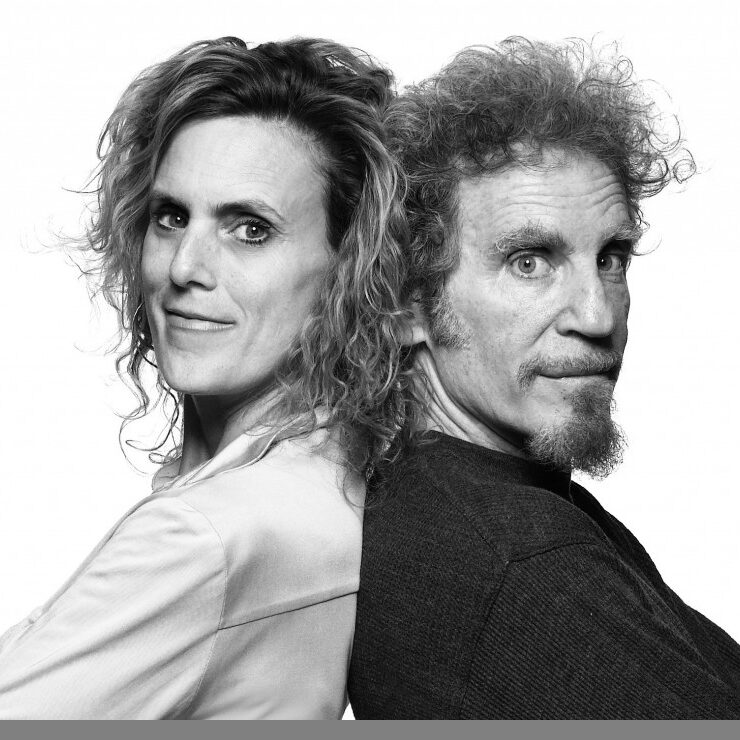I’ve fantasized about being an author since I was five, so selling a book was a dream come true. But the process of actually writing a book made me feel like I had willingly signed up to go live in a submarine, and not the same mod-yellow submarine that spirited away the mop-top Beatles. After months of researching, wrangling incredibly innovative people, pinning them down for interviews, transcribing said interviews, writing, rewriting and more rewriting and editing and endless decision-making, I wondered, “Will I ever get through this?” I fretted about everything from a tape recorder malfunction to the distinct possibility that my co-author and I were producing something that we’d quickly find in remainder bins everywhere. Yeah, I was stressed.
It was the youngest participant in our book, the Australian Jessica Watson, who was still not 21, who taught me something so simple but also so profound about how to handle my stress.
When Jessica was 11, her mother read her a story that changed Jessica’s life. It was the first-hand account of a young solo circumnavigator, and listening to that tale, Jessica said she set a goal to do the same—sail around the world, non-stop, alone. Over the next five years, Watson underwent intensive self-directed research, training and planning. At 16, when most kids are preoccupied with whatever version of popularity their peer group participates in, Watson set off on a 34-foot sail boat, she named the Pink Lady, on a journey to become the youngest person ever to sail around the world alone.
When we interviewed Jessica about her voyage she told us, “The success of your trip is as dependent on your mood as it is on your rigging. You’re down there in the middle of the ocean weeks from land or help. You can’t just say, ‘Okay, I’ve had enough.’ …. If you start thinking, ‘Ohh, it’s wet and it’s cold,’ that little thing turns into a bigger thing. And then you get more upset about that. And that makes you more upset about the next thing. And it snowballs. And soon you’re saying ‘There’s a whole ocean to go…!’”
Navigating the waves of my own panic of whether or not my book would be a success, I thought about what Jessica had gone through on her 23,000 mile voyage—the storms, capsized boat, system failures, and months and months of boredom and loneliness at sea. “One of the big tricks when you’re out there is to say, ‘Hey, it’s cold and I’m in a bad mood, but I’m going to get through the day, and eventually I’m going to warm up and feel better,’” she told us.
What I learned from Jessica was simple—breathe, focus on one task at a time and keep a cool head. Because as Jessica put it, “You can’t change the conditions but you can change the way that you deal with them.”
Although some may associate success with raging, reality-distortionists like Steve Jobs or dismissive ice queens in stilettos like Meryl Streep as Miranda Priestly in “The Devil Wears Prada,” I was surprised how often the exceptionally high achievers I talked to for my book spoke of how much learning to manage their emotions was critical to accomplishing their goals. Their emotional struggles were as varied as the people themselves but what they shared was a heightened awareness of the power of their emotions. And when those emotions threatened to compromise their goals, they had the commitment and skills, as did 16-year-old Jessica, to examine those emotions and come up with ways to cope with them.
I told myself, if she could do it way out in the open seas weeks from shore, I could do it in my tiny home office. And it worked.
